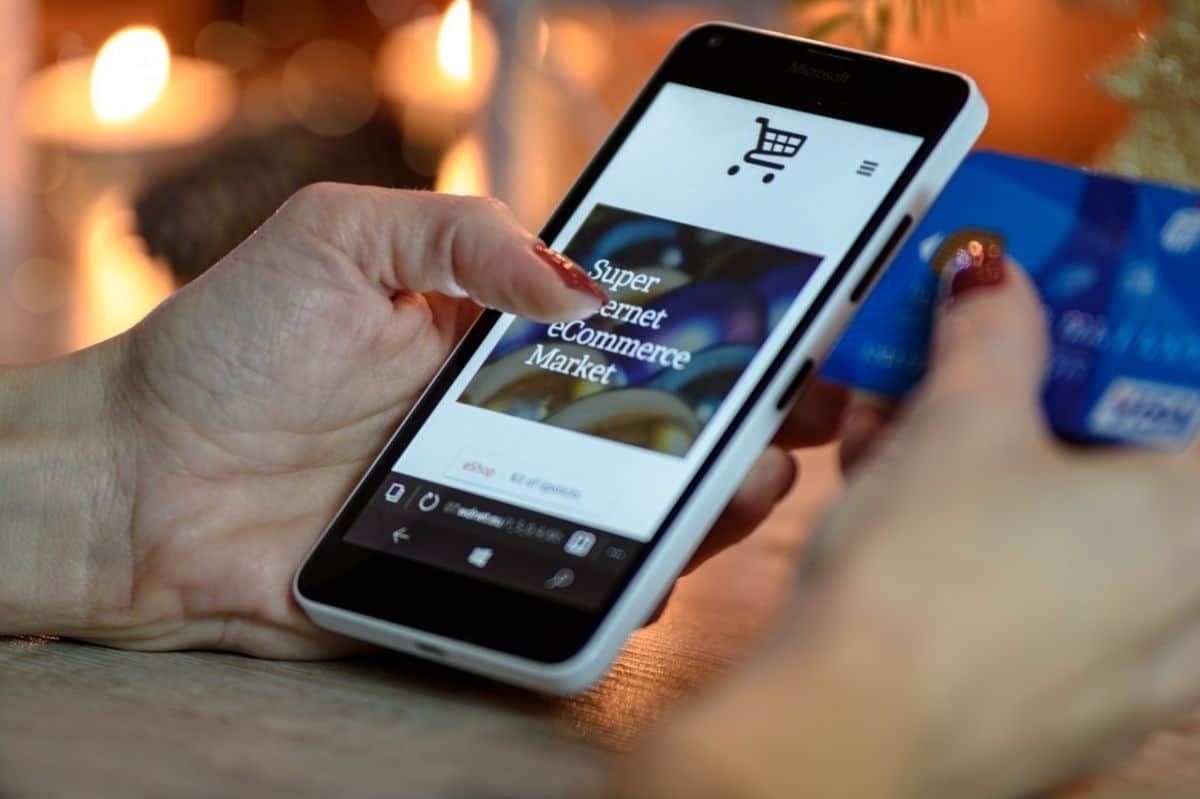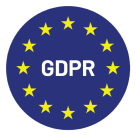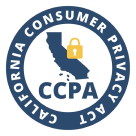The thing is, some sales reps go overboard with reminding customers about their product. I was recently dealing with a financial company that was sending me both an email and text message on the same day, with the same offer, twice a week. After last week, when I got a phone call added to the mix, I told them that while I do understand that the holiday season is coming and it’s one of the most critical times for them when it comes to loans – the amount of messages I get from them is pretty off-putting, so I want them to remove me from their database.
<!– /wp
Are your sales reps having trouble deciding when and how to follow-up a prospect, in fear of getting themselves branded as pushy? A powerful sales cadence is just what they need. Here are our tips on how you can create one.
Learn about outbound sales in our ultimate guide
In theory, everyone knows that sales activities should be backed up with a well-thought-out and detailed plan, whether it’s a sales process or a follow-up strategy. Sales reps should also have a “tried and tested” sequence of actions that will get new leads flowing into the pipeline and then moving smoothly towards conversion. Sounds obvious, doesn’t it?
So why is it that several sales reps still don’t even know what a sales cadence is, and instead they perform their daily tasks on gut feeling? They don’t have any real system for when, where, and how often they should interact with their leads.
Sometimes reps follow up leads once and then give up, sometimes twice, and sometimes the prospect is contacted so often that they ask to be removed from the company’s database.
Following up on consumers is tough enough as it is. But now it’s even harder, as sending a follow-up message at the wrong time or with a message not tailored to a given prospect can break any chances of a sale. If sales reps want to follow-up on a prospect several times until they finally show interest in an offer, having a set system for how many messages, through what channel, and how often you will send them is crucial.
Wait, do I need to follow up on prospects so often?
In 2007, the road to conversion was a short and straight one – you only needed around three cold calls to reach a prospect. If you were lucky, one call was enough to make a sale. Now though, the situation is much more complicated – on average, it takes from five to eight touchpoints (with some companies stating they need to follow up as many as sixteen times!). First, consumers get so many messages during the day that quite often they simply forget that they filled out a form on a website or downloaded a trial. What’s more, they have far more products and offers at their disposal these days, so even if a user is interested in a product or service, they will probably take some time analyzing all possible options before they make a final decision.
If you give up after the first or second follow-up, you might be losing out on valuable sales opportunities that only needed a bit more time to say “yes”. So unless you are told straight up during the first follow-up that a prospect doesn’t want you to contact them again, you should always “check in” again later – maybe you simply caught them at the wrong time, and that’s why they didn’t respond to your call or email.
The thing is, some sales reps go overboard with reminding customers about their product. I was recently dealing with a financial company that was sending me both an email and text message on the same day, with the same offer, twice a week. After last week, when I got a phone call added to the mix, I told them that while I do understand that the holiday season is coming and it’s one of the most critical times for them when it comes to loans – the amount of messages I get from them is pretty off-putting, so I want them to remove me from their database.
<!– /wp















